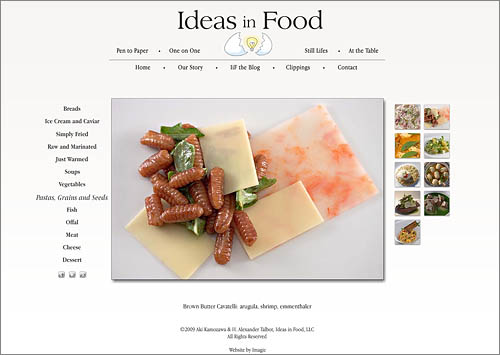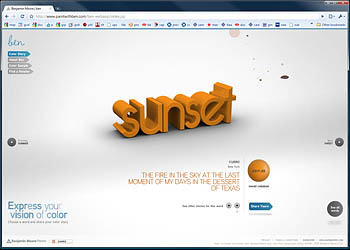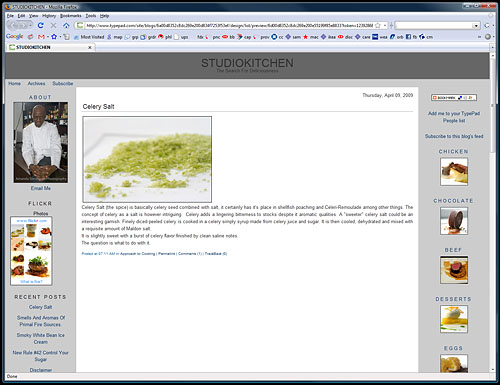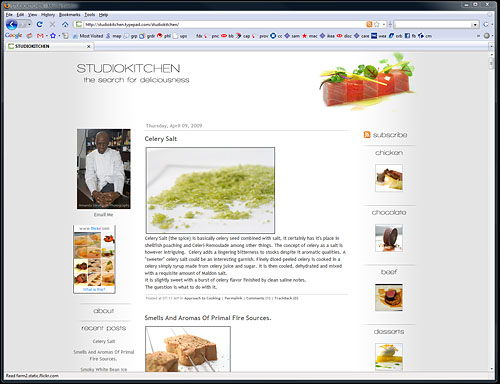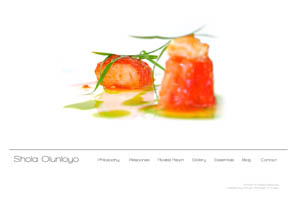(Note: This post somewhat of a story, but also has some useful code design info.)
Domain mapping is a handy and common way to set up a custom URL for your hosted blog, such as one on TypePad.com, WordPress.com or Blogger.com.
This allows you to use MyExample.com to reference your blog, instead of something like myexample.typepad.com.
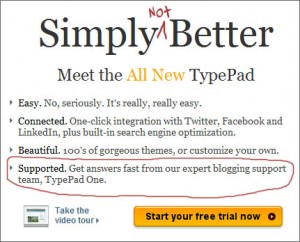 But what if you want to change the name you originally set-up to something else? In the case of TypePad (and likely other platforms), this can cause serious issues.
But what if you want to change the name you originally set-up to something else? In the case of TypePad (and likely other platforms), this can cause serious issues.
All of your posts and images use the original name, such as in search engine listings, on trackbacks and more. So if you change the name, all of your old links will break. You might loose a bunch of RSS feeds that used the old links. And also, all of the images in your posts will be missing!
I ran into this issue for a client last week. A popular blog, with an average of 1,500 unique visitor per day, and over 2,100 posts, was essentially broken. Not acceptable.
Because of TypePad’s inept support I was forced to find a solution, which can likely be adapted for use on other hosted blogging systems as well. The answer lies in some simple .htaccess code. Read on to find out more. Continue reading Want To Change Your TypePad Domain Mapping?
Like this:
Like Loading...
 Nusca and his wife, with beer
Nusca and his wife, with beer
